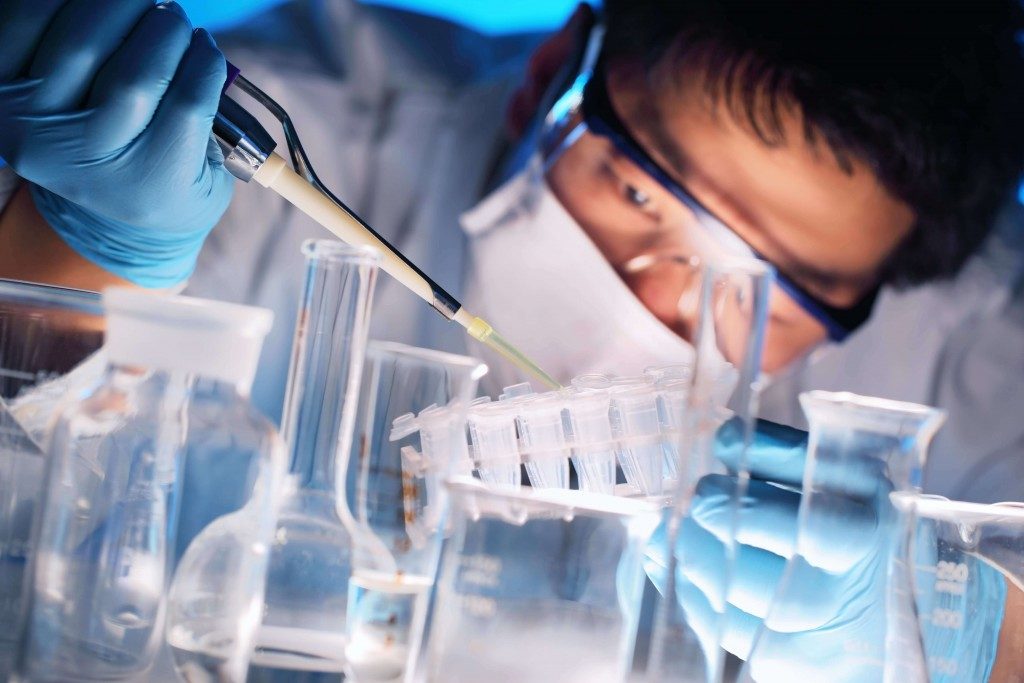Without a doubt, chemicals have been helpful in simplifying our lives. From cleaning our homes and doing basic repairs (like a paint job or unclogging the sink) to their usage in construction and laboratory experiments, these substances make work efficient and easy with amazing results. However, despite all these benefits, chemicals can bring harm.
Chemical spills are common occurrences in workplaces and laboratories. To add to that, improper usage, irresponsible discarding, and compromised storage systems result in dangerous exposure. These bring detrimental effects on the environment, structures, and all living things.
The Harmful Effects of Chemical Spills
Firstly, chemical spills and leaks can have a drastic environmental impact because oils and substances (for instance) can damage marine life by causing water contamination. As for chemical run-offs into the soil, this can lead to serious ecological damage and in worst-case scenarios, make affected areas inhabitable for both plant and animal species.
As for their effect on people, poisonous chemicals can lead to illnesses and fatalities. The danger becomes even graver when the concentration of toxic substances in spilt or leaked chemicals is high. Contact with the skin can cause burns and other skin issues, while inhalation can damage the respiratory tract and lead to lung cancer.
Lastly, flammable chemicals can bring structural damage to infrastructures and buildings by stimulating fires. Extremely high temperatures can also induce degradation of a structure’s foundation, causing it to collapse.
Now that you are informed of the negative effects of chemicals, you are likely more motivated to uphold safe handling and storage practices. Let’s discuss several tips on how to prevent and manage chemical leaks and spills to minimise damage or avoid it altogether:
Follow the Three C’s

An act administered by the U.S. Environmental Protection Agency (EPA), the Pennsylvania Department of Environmental Protection, and the Pennsylvania Emergency Management Agency entail guidelines involved in the “Three-C” program for managing chemical spills: control, contain, and clean. In addition, here are some preventive measures you can perform:
- Conduct safety assessment
In workplaces, laboratories, and construction sites, it’s important to check storages and nearby areas regularly. If a leak or spill is observed, determine the level of threat it poses and follow specific guidelines and standard procedures on how to clean and control it. However, if it poses immediate harm, evacuate all the people within the area or building.
- Upgrade your storage
It’s vital to store hazardous chemicals properly, especially if they are being transported or shipped. Choose suitable containers made of materials that are compatible with specific types of chemicals to avoid reactions.
Intermediate bulk containers (IBC) are efficient in storing multiple types of chemicals. To capture spills, drips, or leaks, it’s suggested to use IBC spill pallets or containment bunds.
Typically, these IBC spill bunds have crates derived from chemical-resistant polypropylene and polyethylene that support the IBCs or drums placed on them.
- Have a spill kit at close access
A spill kit, which generally includes absorbent pads and waste bags or containers, is important for cleaning spill sites thoroughly. Soap and water must also be within easy access, as they are needed for washing the area to remove chemical residues completely. Additionally, it’s essential that members of the clean-up team wear personal protective equipment (PPE), which is specialised for providing protection from exposure to a hazardous chemical.
Safety must always be the priority in every venture and place. By adhering to plans and guidelines, you can prevent damages that chemical exposure incurs to people, man made structures, and nature.

